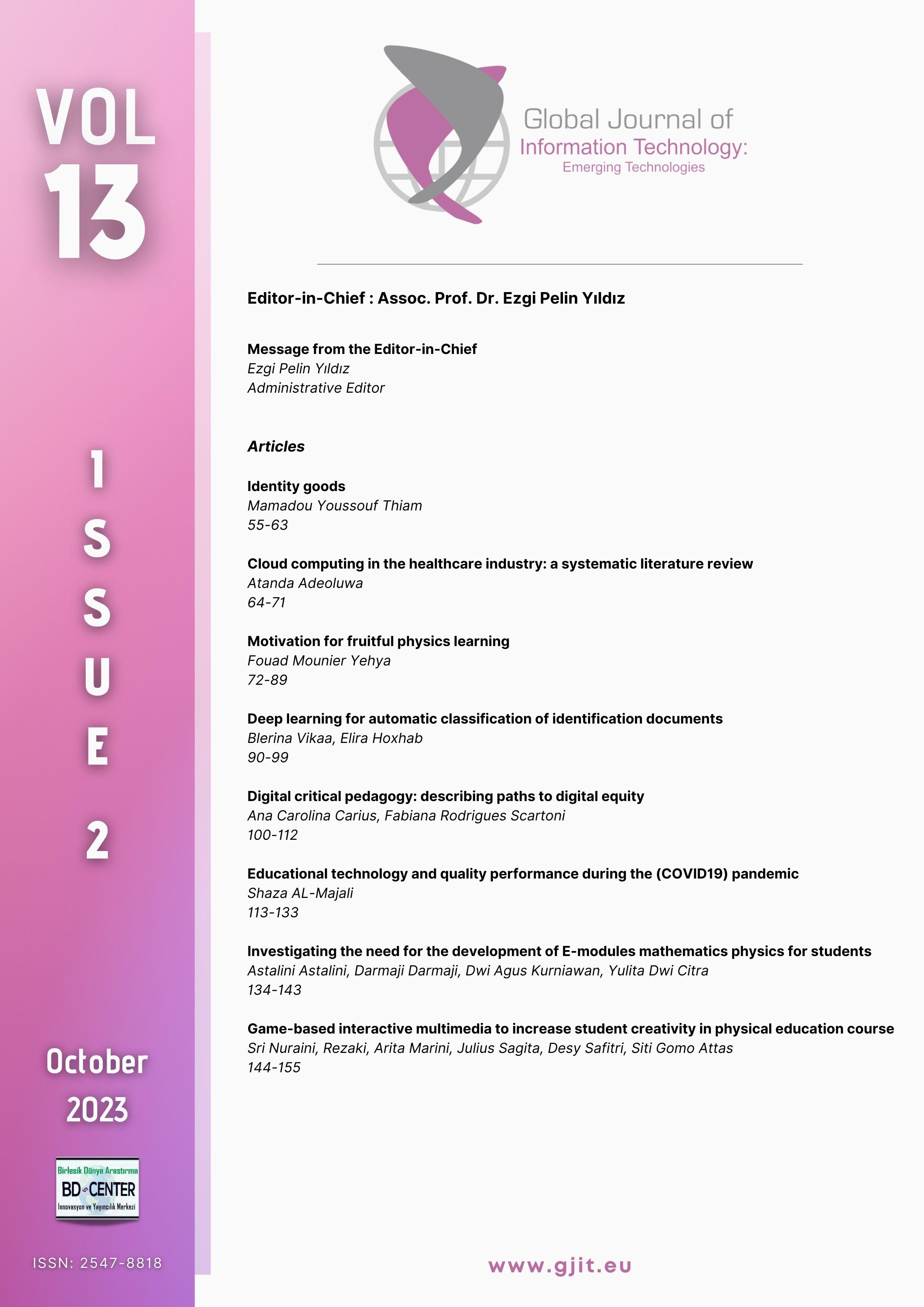Deep Learning for Automatic Classification of Identification Documents
Main Article Content
Abstract
This paper presents a general approach for identification documents classification using deep learning models. Our study gives an explanation of the main steps that need to be followed in order to implement a classification deep learning model. We have used convolution neural networks to extract features from raw image pixels on private datasets of identification documents. The implemented models use different techniques to preprocess the images in order to improve the classification performance on the test dataset and also techniques that can offer a better generalization of the models on the classification task. The experiments demonstrate that the training time-efficiency and accuracy of the models depends on the size, numbers of the pattern for each category and type of the image preprocessing. Various techniques of optimization have been applied to improve the model’s performance and as a result we achieved the best classification accuracy of 90.4% on the test dataset.
Downloads
Article Details

This work is licensed under a Creative Commons Attribution-NonCommercial-NoDerivatives 4.0 International License.
Authors who publish with this journal agree to the following terms:- Authors retain copyright and grant the journal right of first publication with the work simultaneously licensed under a Creative Commons Attribution License that allows others to share the work with an acknowledgement of the work's authorship and initial publication in this journal.
- Authors are able to enter into separate, additional contractual arrangements for the non-exclusive distribution of the journal's published version of the work (e.g., post it to an institutional repository or publish it in a book), with an acknowledgement of its initial publication in this journal.
- Authors are permitted and encouraged to post their work online (e.g., in institutional repositories or on their website) prior to and during the submission process, as it can lead to productive exchanges, as well as earlier and greater citation of published work (See The Effect of Open Access).
